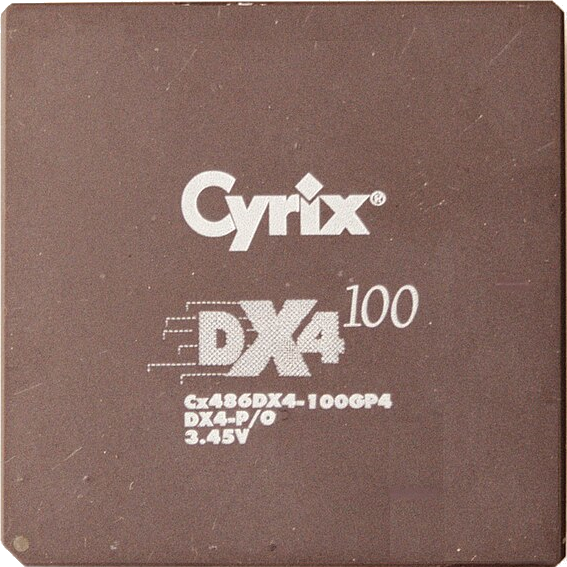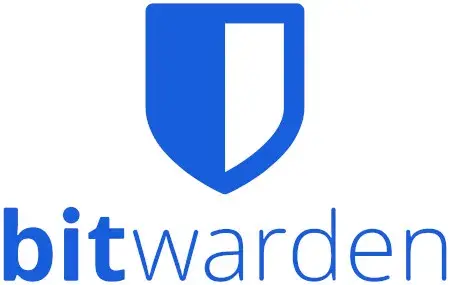- 2 Posts
- 6 Comments
I like Miniflux.

 0·21 days ago
0·21 days agoThe at load efficency isn’t always the most important metric, depending on what you are using the machines for. If they are mostly idle, efficiency isn’t too bad. Many server tasks don’t load the CPU to the fullest anyway.

 0·21 days ago
0·21 days agoThey are not too terrible really. 3rd gen i7 is the Ivy Bridge generation, so 22 nm. For many homelab server tasks the CPUs would be just fine. Power efficiency is of course worse than modern CPUs, but way better than the previous 32 nm Sandybridge generation. I had such a system with integrated graphics and one SSD and that drew 15 W at idle at the wall.

 0·23 days ago
0·23 days agoPi Zero uses the CPU from the 3
No, the original Pi Zero uses the CPU of the Pi1 (only clocked higher). So it is quite a bit slower than a Pi 2, since it has only a single ARMv6 CPU core. Still fine for a DNS server on a typical home network.

 0·3 months ago
0·3 months agoor a domain with a random string of characters so no one could reasonably guess it? Does it matter?
That does not work. As soon as you get SSL certificates, expect the domain name to be public knowledge, especially with Let’s Encrypt and all other certificate authorities with transparency logs. As a general rule, don’t rely on something to be hidden from others as a security measure.


It on April 1st, but nobody takes it seriously.